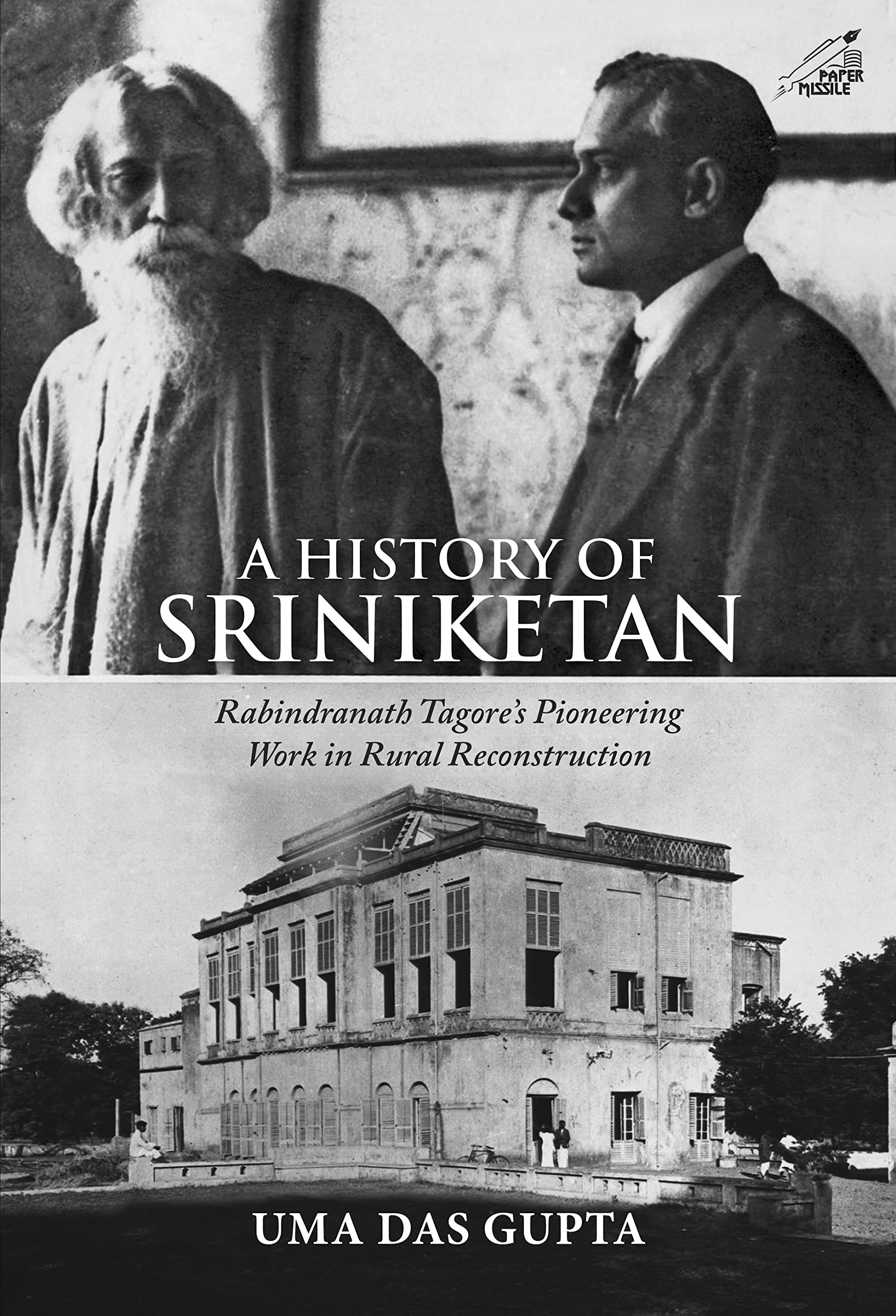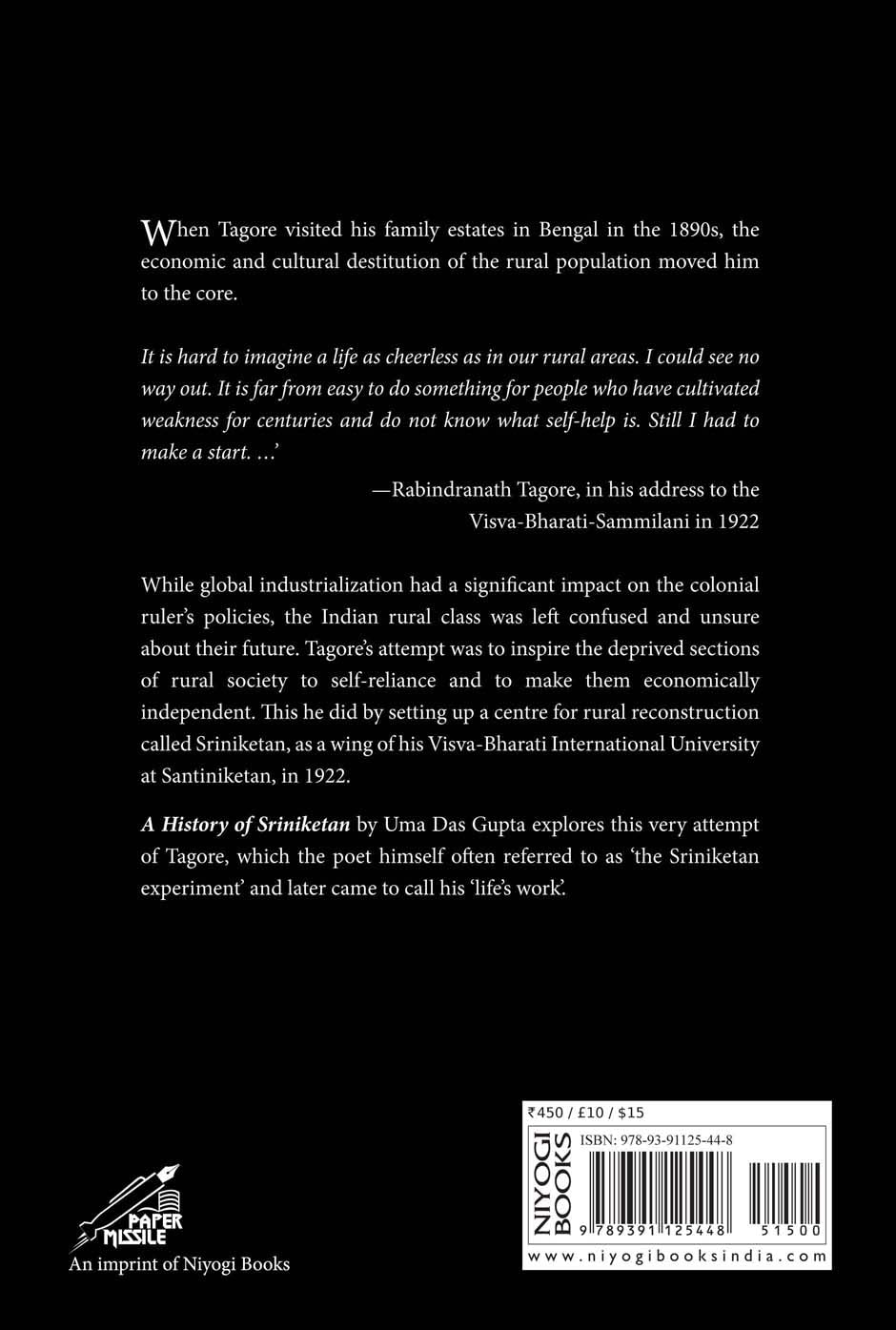The idea of doing something to redeem the neglected village came to Rabindranath Tagore when he first went to live in his family’s agricultural estates in East Bengal during the 1890s. As manager of those estates, he got his first exposure to the countryside and its stark miseries. The experience played a seminal role in turning him into a man of action.
The present book, A History of Sriniketan, explores Tagore’s attempt to inspire the deprived sections of rural society to self-reliance and to make them economically independent by setting up a centre for rural reconstruction called Sriniketan as a wing of his Visva-Bharati International University at Santiniketan in 1922.
The idea was pioneering in its times as an endeavour for improving the condition of the peasantry by using scientific methods of cultivation through laboratory experiments where the expert and the peasant collectively participated. To achieve all this, he sent his eldest son, Rathindranath Tagore, to the USA, for studying agriculture. He also invited Leonard Knight Elmhirst, the internationally known agriculturist, to come and stay in Sriniketan for a year. There was a parallel effort to revive traditional rural arts and crafts as a means of creativity and economic recovery.
Tagore’s independent thinking gave him the courage of conviction to work alone with his ideas of rural reconstruction outside the Nationalist Movement. He was not one to accept that all improvements had to wait for our country’s political independence.





